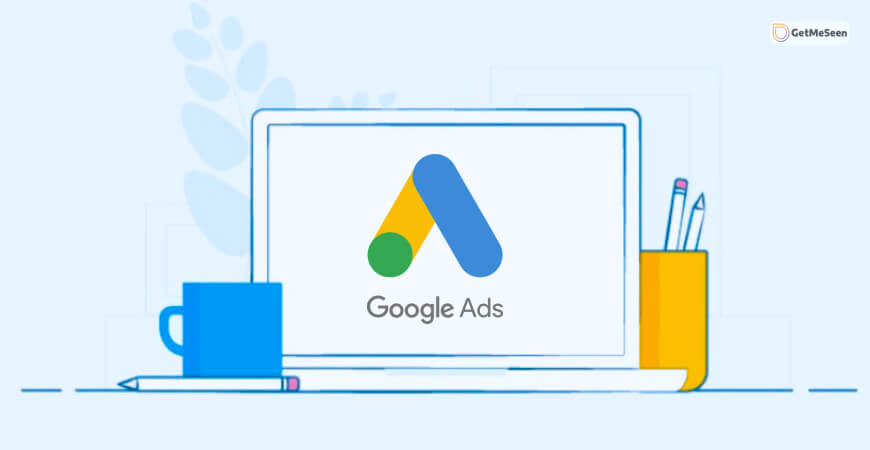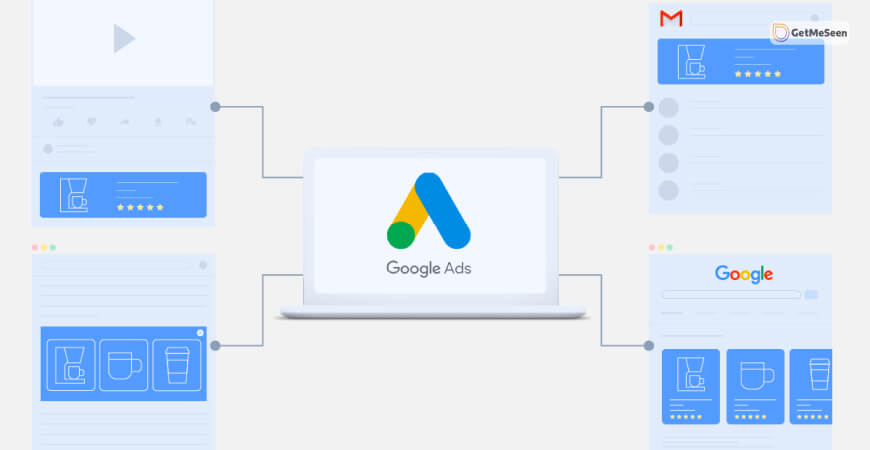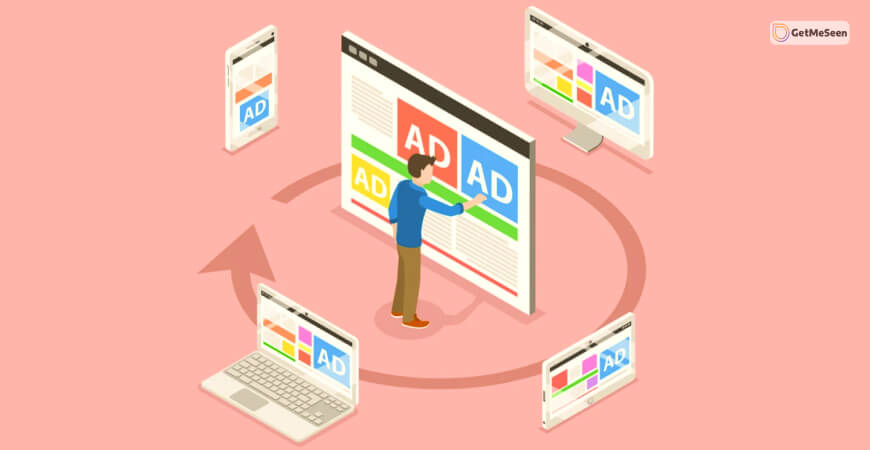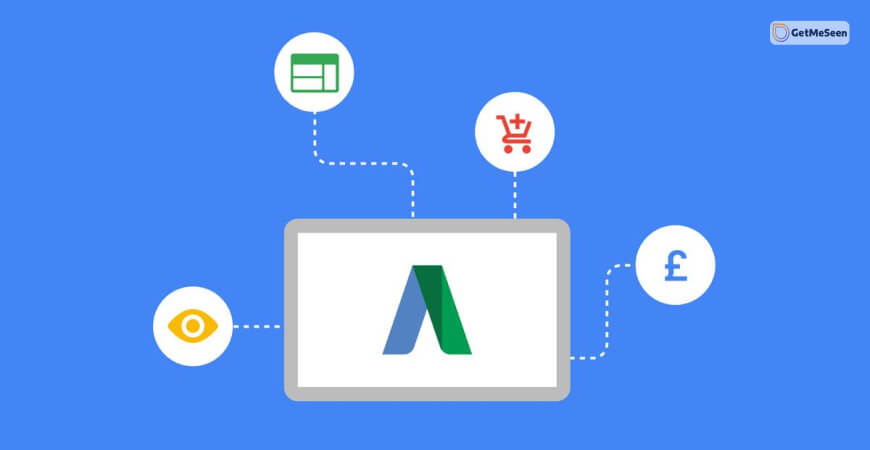What Are The Three Marketing Objectives That Can Be Met Via Targeting On Google Display Ads?

Are you new to the paid advertising industry and wondering what are the three marketing objectives that can be met via targeting on google display ads? Well, you have come to the right place to find out all you need about successfully running a campaign with the help of Google Display Ads.
Most businesses love using Google Display Ads as a crucial part of their marketing and advertising plans. This is because the Google Display Ad campaigns have a huge potential of providing a terrific reach since the Google network automatically gives brands access to more than 2 million websites and applications, including Gmail and YouTube.
Everyone uses both Gmail and YouTube for some reason or the other. Thus, it’s a pretty clever way to reach your target audience. Additionally, these type of campaigns also helps you engage with customers who are more likely to purchase some product or service from you. All you need to do is select the correct objective while running paid campaigns on Google.
About Google Display Ads:

Before figuring out what are the three marketing objectives that can be met via targeting on google display ads, it is vital to know more about these ads. Firstly Google display ads are different from conventional Google search ads. So let’s throw some more light on how these ads work!
Do you know that feeling when someone tracks your activities? Well, Google keeps doing it online with every person using the search engine. Yes, it is equivalent to stalking your behavior online before displaying exactly what has been on your mind. Remember those times when suddenly the dresses you saw on Pinterest for fun appeared on your Facebook newsfeed?
That is precisely what display ads do! They stalk consumers and lurk in the shadows waiting to pounce upon your impulses at a time when you least expect it. This is precisely when we can never explain impulse purchases even when you are broke, and it’s the end of the month. Once you keep seeing those dresses everywhere online, you will give in at some point. As a result, Google’s scores and consumers lose their money!
Terms You Have To Know:
We know you want to find out what are three marketing objectives can be met via targeting on google display ads, but you need to know the terms associated with Google display ads before. So keep reading to find out what the terms mentioned below mean in this context.
1) Retargeting

Retargeting literally means targeting your audience for a second time once they have visited your website. For instance, someone visits your online shop for some window shopping and leaves without buying anything. Google display ads can be sued for retargeting this crowd by showing them the products they engaged with.
2) Audience

Businesses build their own target audience, and Google simply acts on the information you provide. However, the audience in this context can be of three different types as follows,
- In-market
- Affinity
- Custom Intent
The three types of audiences might be different from each other but nonetheless are equally crucial for every business in the long run!
3) Bid Modifications And Placements

The bid modification feature enables businesses to make changes to their bids automatically if and when specific conditions are fulfilled. For example, while many brands might bid on the use of smartphones, others might bid on some particular aspects of their target audience. Placements are the spaces where businesses usually want Google to show their ads.
What Are The Three Marketing Objectives That Can Be Met Via Targeting On Google Display Ads?
Now that you have a fair idea about Google display ads, it’s time to find out what are three marketing objectives can be met via targeting on google display ads! The moment you begin setting up a Google display ad, the search engine will ask you to select one marketing goal from three alternatives.
The three marketing objectives that can be met via targeting on google display ads are as follows,
- For building awareness
- For influencing consideration
- For driving action
Let’s discuss the objectives in a bit more detail!
Objective One: Build Awareness

One of the most popular marketing goals provided by Google display ad campaigns is building and boosting brand awareness. Since these ads usually appear when consumers are on some website or application in the Google network, they are not constantly asking you to purchase something.
Instated of irritating people with a call to action that leads them to the purchasing option on your site, focus on letting your audience know about your brand and the products or services your brand offers. This is because you selected creating awareness about your brand as an objective.
Naturally, this objective is for targeting the section of the audience that spends time at the top of the funnel. The goal here is to increase your impressions and repeatedly show the ad to a large audience to enhance your brand awareness. This also helps brands build loyal relationships with potential customers.
Objective Two: Influence Consideration

When you opt for selecting ‘influence consideration,’ it is evident that your target is the middle of the funnel audience. This practically means the audience you are targeting has developed awareness about your brand and might have checked out your site or products. However, this audience has not engaged with your brand recently.
When you choose to run an influential campaign, your focus must be on asking your audience to make the next move. The next move could be anything from watching a campaign video related to your brand or connecting with you on socials. Even if the audience does not take the necessary call to action, they can still engage with you.
An effective campaign objective for all B2B companies, running a campaign with this objective will cost you more money than choosing to boost brand awareness. After all, in this case, you are not just boosting awareness of your brand but instead focussing on getting your audience to move on to the next step, which results in a higher cost per click.
Objective Three: Drive Action

The objective of driving action is usually meant for your bottom-of-the-funnel audience. In this case, all you want from your audience is to take action. So whatever appears like a conversion for you, opt for that – it could be simply asking customers to call you, visit your site or download a newsletter.
Additionally, this objective can also be utilized for running successful remarketing campaigns! In case you want to target carts that people never went back to, then this is the objective for you!
Frequently Asked Questions:
The two types of remarketing that can be used for Google display ads are,
⦿ Dynamic Remarketing, and
⦿ Standard Remarketing
The three marketing objectives are as follows,
⦿ Choosing your target market
⦿ Determining your market strategy
⦿ Starting a marketing mix
A marketing director should focus on the following things,
⦿ Generating leads
⦿ Creating brand awareness
⦿ Boosting sales
Conclusion:
Now that you know what are the three marketing objectives that can be met via targeting on google display ads, all you need to do is tap into the search engine’s broad network and make the most of your marketing campaigns!
Read More:
A Guide To Video Ads – Things You Should Know
A Guide To App Promotion Ads – Things You Should Know
10 Best Types Of Google Ads You Must Know In 2022 [The Best Guide]




